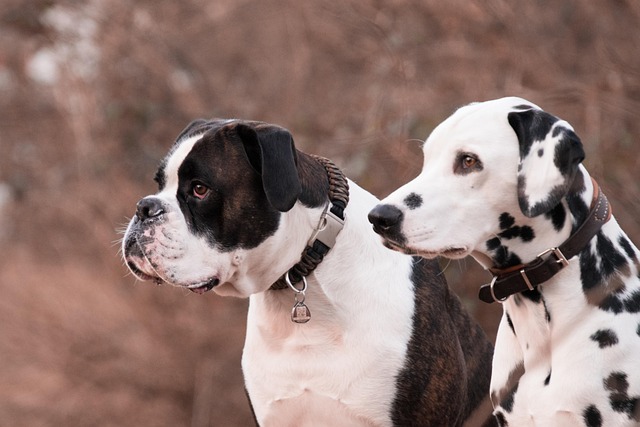
What are good mental games for dogs?
Ever watch your dog stare at the wall like it’s hiding a secret? That’s boredom talking—and it doesn’t just lead to chewed slippers. A mind that’s not busy can turn into stress, restlessness, even anxiety.
You're not imagining things if your Labrador seems to leave fluffy tumbleweeds drifting across your floor every July. That sudden explosion of fur? It's tied directly to summer's intensity. Labs possess a remarkable double coat designed for protection, and July's unique environmental cocktail triggers a physiological response. While they shed year-round, this mid-summer surge often surprises owners expecting the biggest blowouts only in spring or fall.
Think of July as peak shedding season for many Labs because of three converging forces. First, soaring temperatures push their bodies to ditch the dense undercoat insulating them against winter cold – it's simply too much for summer. Second, those long, bright daylight hours significantly alter hormone production, specifically melatonin, directly signaling the coat it's time for a major renewal cycle. Third, high humidity common in many parts of the US during July makes that shed undercoat feel clumpier and more noticeable as it releases. It’s not just heat; it’s the combined assault of sun, sweat, and steam accelerating the natural process beyond typical seasonal shedding.
Many assume shedding peaks solely when seasons dramatically shift, like spring's coat blowout or fall's winter prep. July shedding often gets dismissed as just "being hot." Actually, it’s a distinct phase driven by photoperiod and temperature extremes specific to high summer. Another misconception? That short summer haircuts solve it. Shaving a Lab can seriously damage their coat's insulating and sun-protecting abilities, often worsening skin problems without significantly reducing shedding – the loose hair comes from deep within that undercoat regardless of surface length. The hair you see is just the visible tip of a complex biological iceberg.
Managing this July fur-storm requires consistent action. Daily brushing is non-negotiable; a slicker brush followed by an undercoat rake works wonders to pull out that loose undercoat before it hits your sofa. Aim for just five focused minutes daily rather than a marathon weekly session. Bathing every 4-6 weeks with a gentle, de-shedding shampoo helps loosen dead hair – always brush *before* the bath to prevent tangles. Ensure constant access to fresh, cool water; dehydration stresses skin and coat. Indoors, run that air conditioner or fans to keep ambient temperatures down, reducing your dog's need to self-cool by shedding excessively. A quality air purifier with a HEPA filter becomes your best friend for capturing airborne fur. You might even toss ice cubes in their water bowl or offer frozen treats for internal cooling.
While July shedding is usually normal, certain signs warrant a vet visit. If you notice bald patches, red or inflamed skin, excessive scratching, dandruff-like flakes, or a sudden, drastic change in shedding intensity unrelated to weather shifts, don't hesitate. Similarly, if your usually energetic Lab seems lethargic or loses appetite alongside heavy shedding, it could signal allergies, parasites, hormonal imbalances, or stress (fireworks season, anyone?). When in doubt, especially if home management isn’t making a dent, get a professional opinion. Your vet can rule out underlying medical causes and offer tailored solutions, giving you peace of mind amidst the fluff.

Ever watch your dog stare at the wall like it’s hiding a secret? That’s boredom talking—and it doesn’t just lead to chewed slippers. A mind that’s not busy can turn into stress, restlessness, even anxiety.
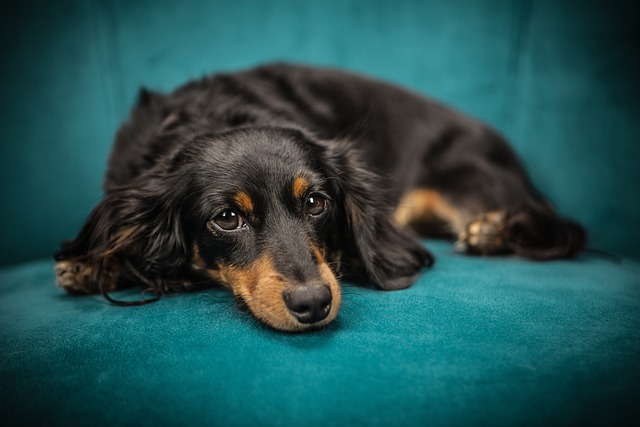
Watching your once-energetic pup slow down can tug at your heart. Those gray muzzles and slower steps don’t mean they’ve lost their spark—they just need activities that fit their rhythm.
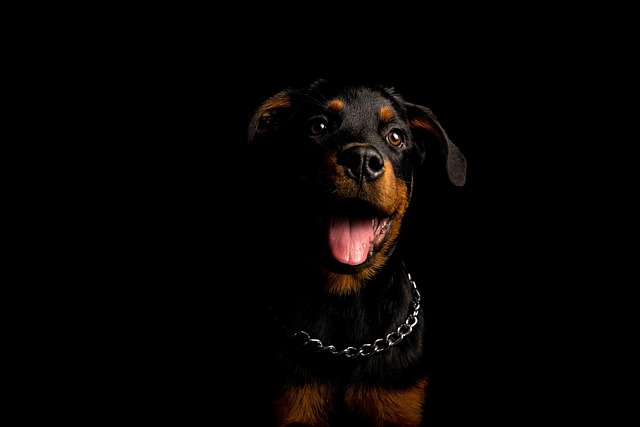
That low, rumbling sound from your Rottweiler can stop you in your tracks. It’s not just noise—those vibrations carry a message, and decoding it matters more than you might think.
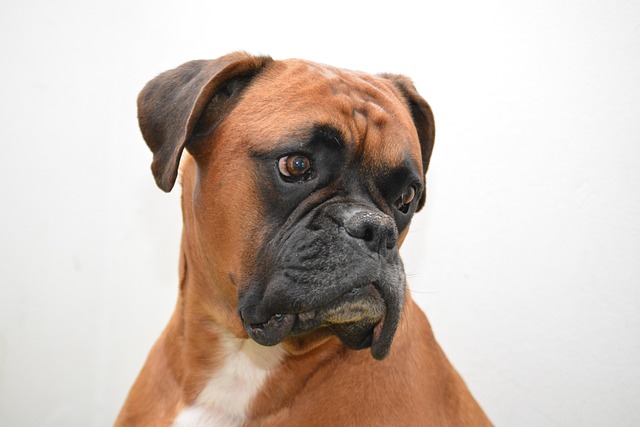
Chicken sits at the center of countless doggy meal plans—grilled, boiled, mixed into kibble. But the whisper of a link between chicken and pancreatitis leaves pet owners second-guessing every bowl.
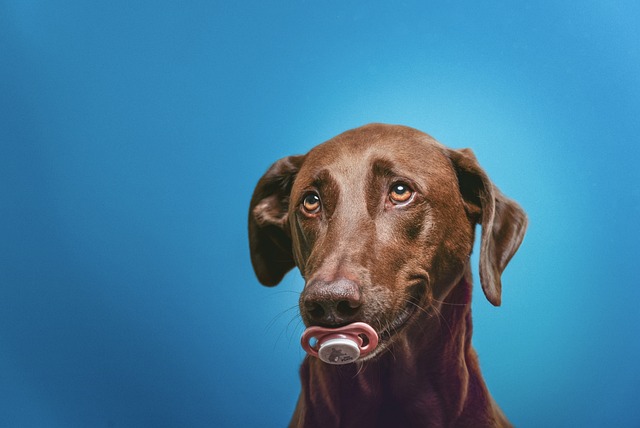
That first squint or crusty discharge around your dog’s eye tugs at every pet parent’s heart. It’s tempting to hope it’ll clear up on its own, but those puppy eyes deserve honest attention—some infections fade with care,
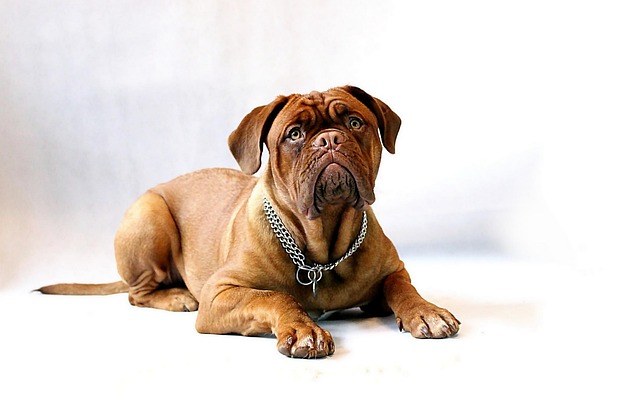
Discover how climate, daylight, and breed shape your dog's unique shedding cycle—crack the code to manage fur year-round with smart, region-tailored care.